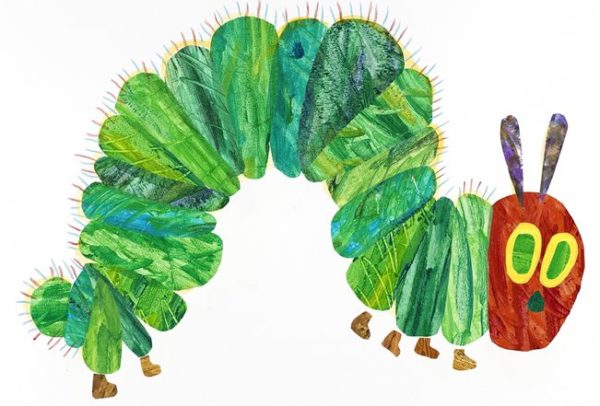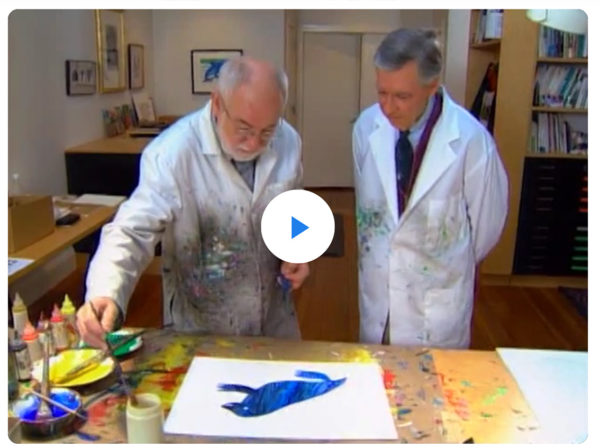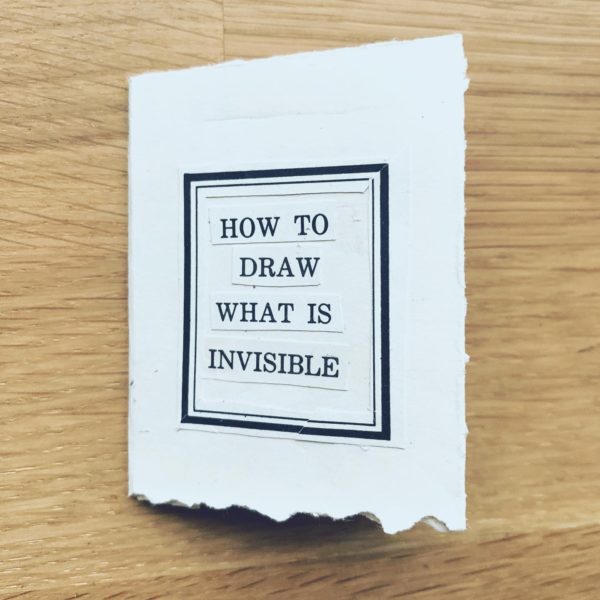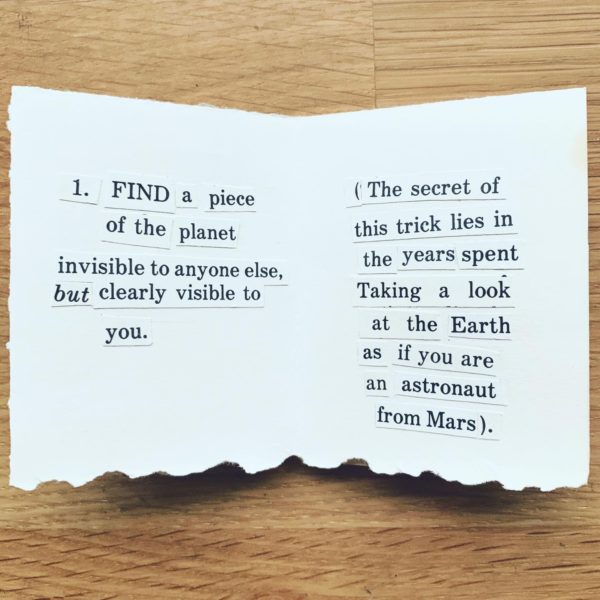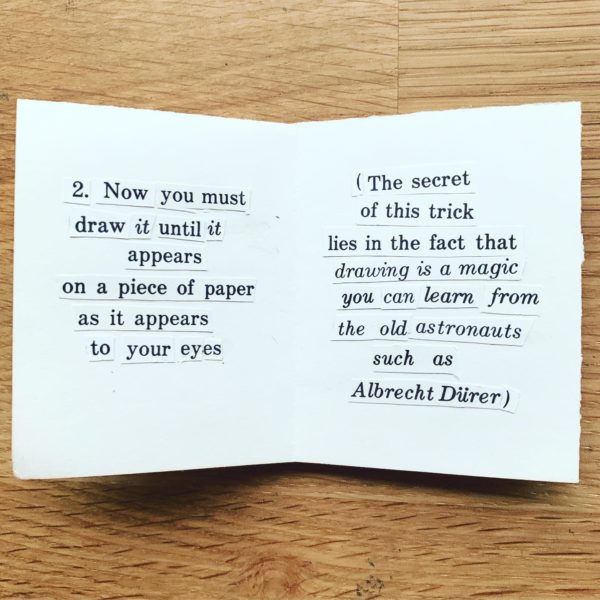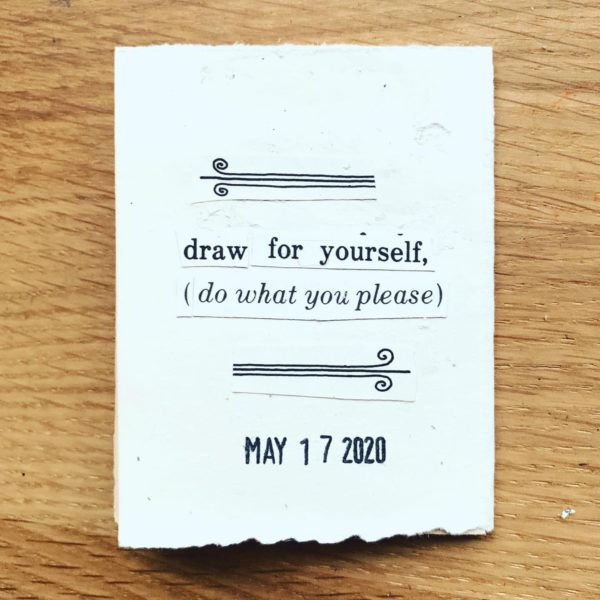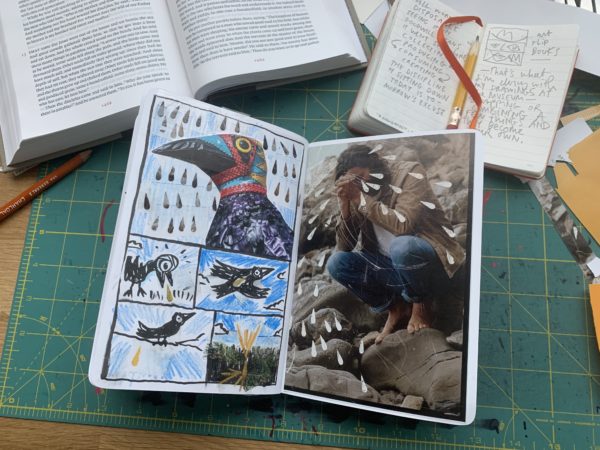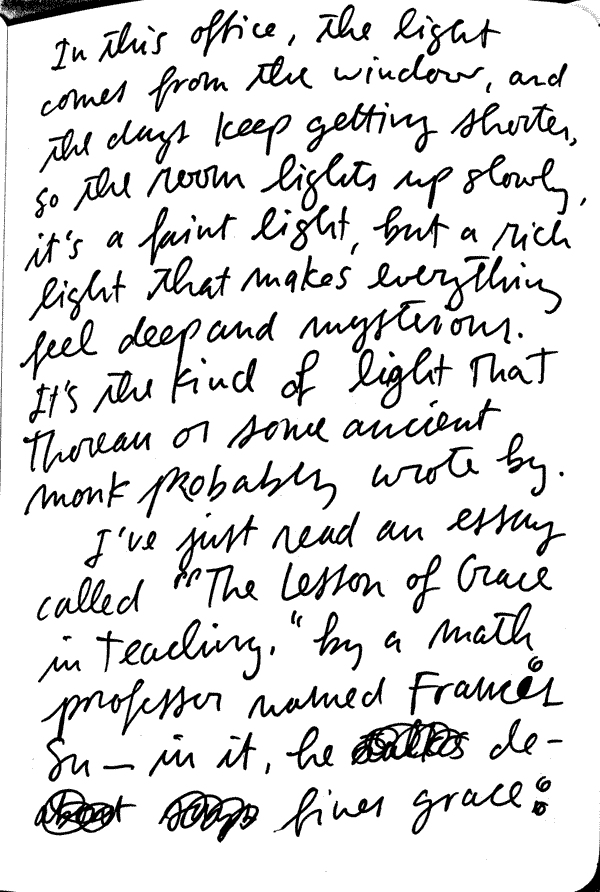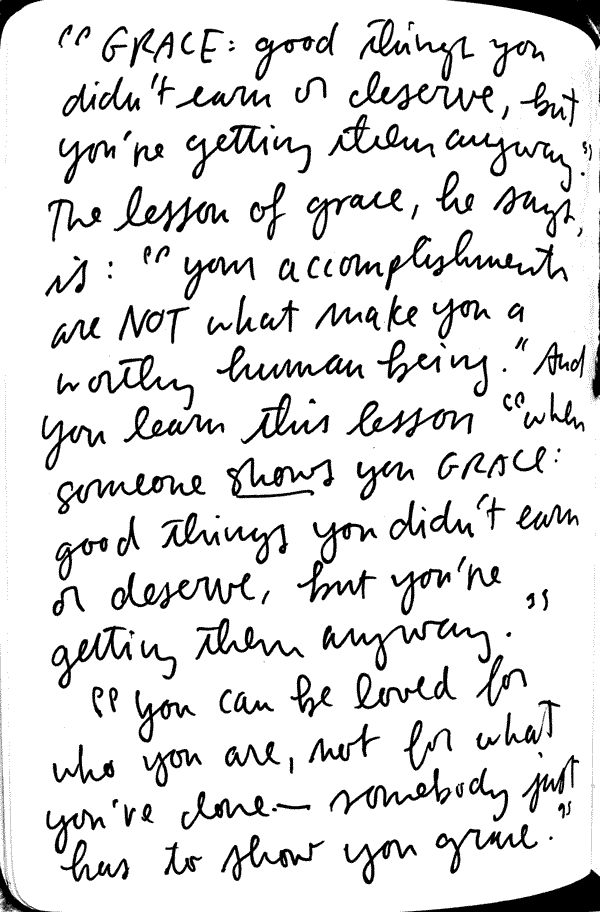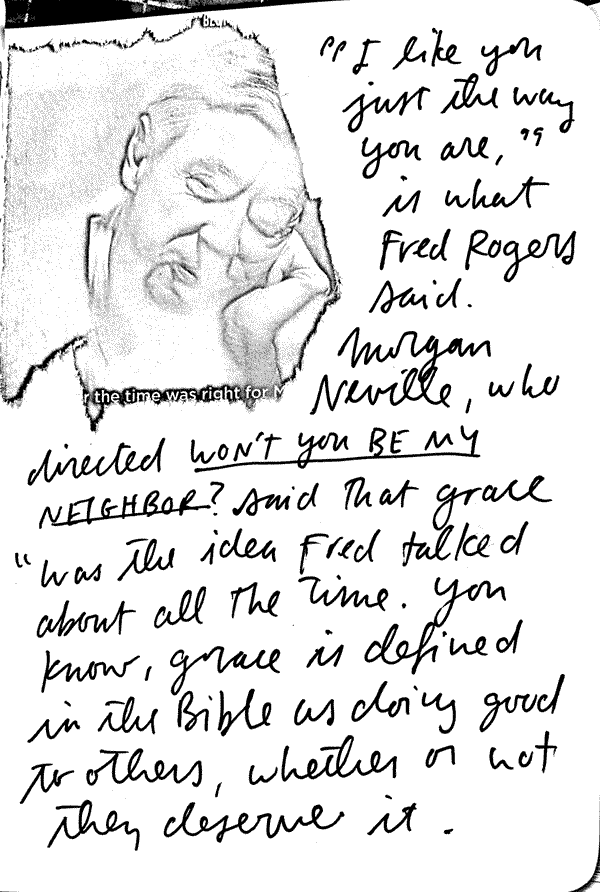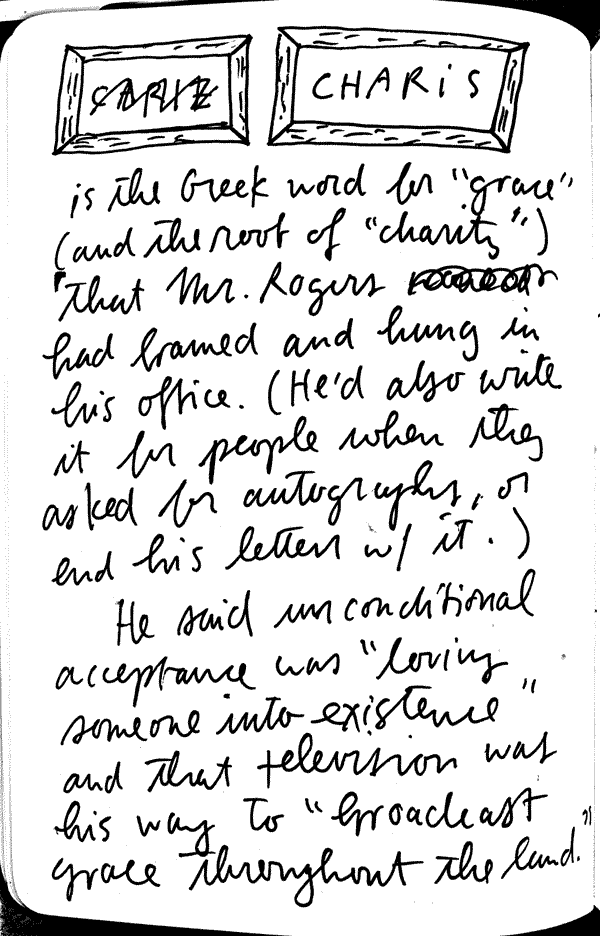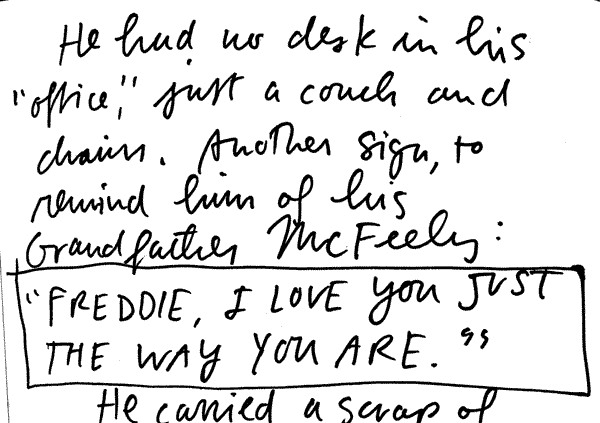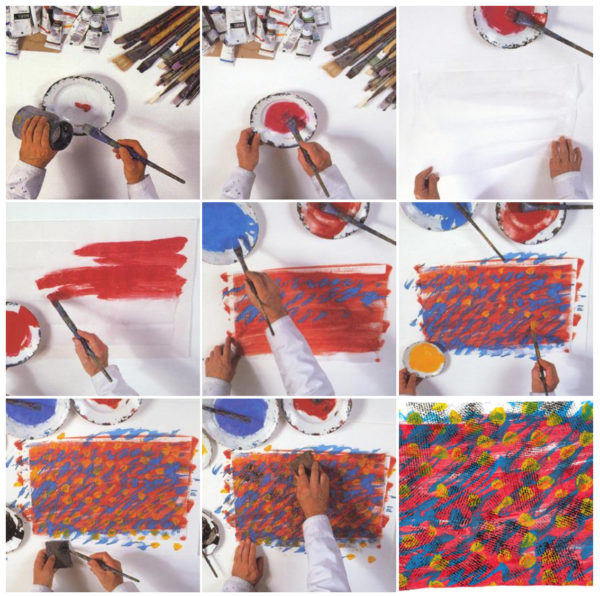
The great Eric Carle has died. I’m not sure how many people know this, but he was actually a collage artist:
My pictures are collages. I didn’t invent the collage. Artists like Picasso and Matisse and Leo Lionni and Ezra Jack Keats made collages. Many children have done collages at home or in their classrooms. In fact, some children have said to me, “Oh, I can do that.” I consider that the highest compliment.
I begin with plain tissue paper and paint it with different colors, using acrylic paint. Sometimes I paint with a wide brush, sometimes with a narrow brush. Sometimes my strokes are straight, and sometimes they’re wavy. Sometimes I paint with my fingers. Or I put paint on a piece of carpet, sponge, or burlap and then use that like a stamp on my tissue papers to create different textures.
These papers are my palette and after they have dried I store them in color-coded drawers. Let’s say I want to create a caterpillar: I cut out a circle for the head from a red tissue paper and many ovals for the body from green tissue papers; and then I paste them with wallpaper glue onto an illustration board to make the picture.
He then added to the collages with crayon — for example, the lines coming out from the body of The Very Hungry Caterpillar:
There’s an absolutely wonderful episode of Mister Rogers Neighborhood in which Fred Rogers visits Carle’s studio and they paint together:
Rogers: In this, there’s just no mistakes, is there?
Carle: No, you can’t make mistakes really.
You can also see him cutting and drawing in this trailer for the excellent short documentary, Eric Carle: Picture Writer. (Check to see if your library has access to Hoopla.)
There is a deep, lovely interview with Carle in Leonard S. Marcus’s underrated book of interviews with picture book illustrators, Show Me A Story! (Marcus also wrote the introduction to The Art of Eric Carle.)
The interview begins with this beautiful description of Carle’s studio:
Carle is a precise and energetic man whose large studio hums and clatters at one end with the high-tech whir of computers and scanners, and at the other with the old-fashioned rustling and scratching sounds the artist working with papers, pens, and brushes have generated for centuries.
I was drawn to what Carle said about the importance of chance:
Sometimes you have to listen to chance. You have to look at the crack in the wall. You might follow the crack and be surprised to find a picture in it. It’s like the children’s game of looking at a cloud and seeing an image, say, of a sheep, in the shape of the cloud.
Carle kept files full of hundreds and hundreds of his papers, organized by color, and he said that often he’d go with the first paper he found in the top of the drawer:
I believe in chance. You carry a cup of coffee across a room. You look at it and it spills, or you don’t look at it, and it doesn’t spill. It’s that type of chance I have in mind.
Like many authors, he had a love/relationship with making books. He said it often took a torturous year (or more) to get the idea, but often only a week to actually produce.
In contrast to the pain of publishing, he spoke of the meditative quality of glueing and painting his papers: “It’s like being in an alpha state: total peace.”
